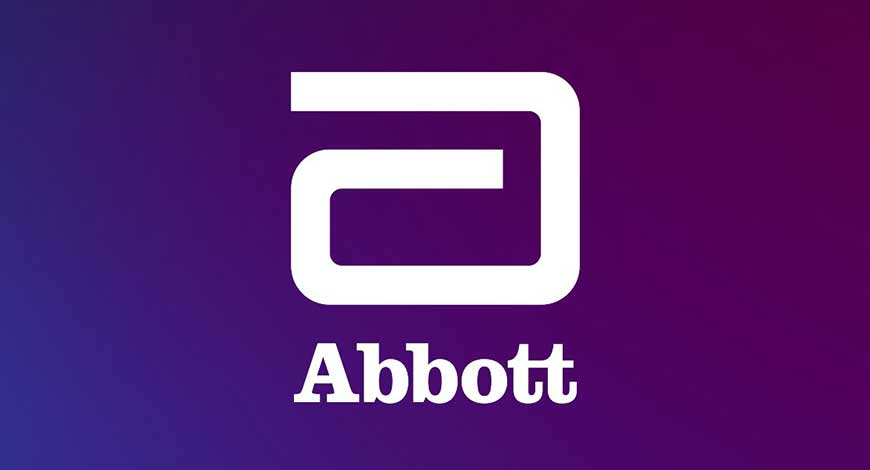The human identity is built on the back of many different traits, and yet none define us better than that tendency to improve at a consistent pace. We say this because the stated tendency has already fetched the world some huge milestones, with technology appearing as a rather unique member of the group. The reason why technology’s credentials are so anomalous is purposed around its skill-set, which was unprecedented enough to realize all the possibilities for us that nobody could have ever imagined otherwise. Nevertheless, if we look up close for a second, it will become clear how the whole runner was also very much inspired by the way we applied those skills across a real world environment. The latter component was, in fact, what gave the creation a spectrum-wide presence, and consequentially, kickstarted a full-blown tech revolution. Of course, this revolution then went on to scale up the human experience through some outright unique avenues, but even after achieving such a monumental feat, technology will somehow continue to produce the right goods. The same has grown increasingly evident in recent times, and assuming one new healthcare-themed development shakes out just like we envision, it will only make that trend bigger and better moving forward.
Abbott has officially announced fresh data which indicates that, when used alongside its FreeStyle Libre technology, standard GLP-1 medicines show greater success in improving HbA1c levels among type 2 diabetes patients. HbA1c is basically a measurement of a person’s average blood glucose level over three months. As for the FreeStyle Libre Technology, it includes set of continuous glucose monitoring (CGM) systems. These systems come bearing a sensor which you must apply to the back of the upper arm for up to 15 days. Complimenting the same is a reader or a compatible smartphone app meant to display user’s glucose readings. At present, Freestyle Libre technology is the most widely used CGM system worldwide, impacting the lives of more than 5.5 million people living across more than 60 countries. Talk about GLP-1 medicines, on the other hand, they are also known as glucagon-like peptide-1 receptor agonist (GLP-1 RA) that provide glycemic benefit and support weight loss. Hence, whenever someone’s blood sugar levels start to rise after eating, these drugs stimulate the body to release more insulin, a mechanism which eventually helps to lower blood sugar levels. Not just that, it also reduces appetite leading to less food intake and weight loss.
Coming back to the development in question, the stated data was achieved on the back of two real-world studies. The first one, titled “FreeStyle Libre improves HbA1c in people receiving GLP-1 therapy for type 2 diabetes” used Optum’s de-identified Market Clarity Data, a linked electronic health records (EHR)-claims database, to support the effort. Enrolling US adults with Type 2 diabetes and elevated HbA1c (≥8%), the study mandated all participants to be on GLP-1 before initiating FreeStyle Libre, with at least one GLP-1 prescription within 180 days of FreeStyle Libre. Here, GLP-1 initiation was defined as the earliest GLP-1 prescription from 2017 onwards. Anyway, to break it down, the first study cohort turned out be of 1,781 adults (age 55±10 years, 52% male, 38% with bolus insulin therapy, mean 499 days from GLP-1 initiation to FreeStyle Libre, and a baseline HbA1c of 9.8±1.5%).
Next up, the second study, named “Initiating GLP-1 therapy in combination with FreeStyle Libre provides greater benefit compared to GLP-1 therapy alone,” also used Optum’s de-identified Market Clarity Data and included US adults with Type 2 diabetes and HbA1c ≥8%. These adults were the ones who acquired their first GLP-1 between 2018 and 2022. In both the studies, though, participants were matched on baseline insulin therapy, age, sex, baseline HbA1c and GLP-1 type. Furthermore, they both compared paired changes in HbA1c between matched groups at six months. In total, the study included 24,246 adults in the GLP-1 only group (age 58±12 years, 51% male), and 478 adults in the GLP-1 and FreeStyle Libre group (age 54±11 years, 58% male).
“GLP-1 medicines can be very effective in lowering HbA1C for people with Type 2 diabetes who require intensified treatment,” said Dr. Eden Miller, diabetologist and obesity medicine fellow at Diabetes and Obesity Care in Bend, Oregon. “While treating my patients, I’ve observed that when we’ve added a CGM, like the FreeStyle Libre technology, to their GLP-1 therapy, we see even better glycemic control. To maximize the benefits of GLP-1 medicines, it’s worth considering the combination of a CGM to support people who live with Type 2 diabetes.”
Moving on to the results, the first study revealed that six months after adding FreeStyle Libre technology to their treatment, people suffering from Type 2 diabetes and an HbA1C ≥8%, as well as the ones who took GLP-1 medicines, saw a significant improvement in their HbA1C (1.5%). This was irrespective of GLP-1 duration, GLP-1 type or insulin therapy type. The second study, which observed people on GLP-1 only and those on GLP-1 & FreeStyle Libre systems therapies, went on to reveal that people had a greater reduction in HbA1c when using GLP-1 and FreeStyle Libre technology together (2.4%), compared to using GLP-1 alone (1.7%).
“The data analyses confirm that people using GLP-1 medicines to manage their diabetes can achieve even better results when using it together with FreeStyle Libre technology,” said Dr. Mahmood Kazemi, chief medical officer for Abbott’s diabetes care business. “This type of complementary relationship is not uncommon in diabetes care treatment. Similar to pairing with insulin therapy, FreeStyle Libre technology is a beneficial companion to GLP-1 therapy, providing the real-time data that people with diabetes can use to make positive behavior changes and navigate their GLP-1 usage safely.”
Bringing further weight to these findings is, of course, Abbott’s own stature, which is of a global healthcare leader that provides life-changing technologies. From diagnostics and wider medical devices to nutritionals and branded generic medicines, the company’s portfolio spans across a wide spectrum. Abbott’s excellence in providing the stated products is a big reason why today it has a strong presence in more than 160 countries across the globe.



















